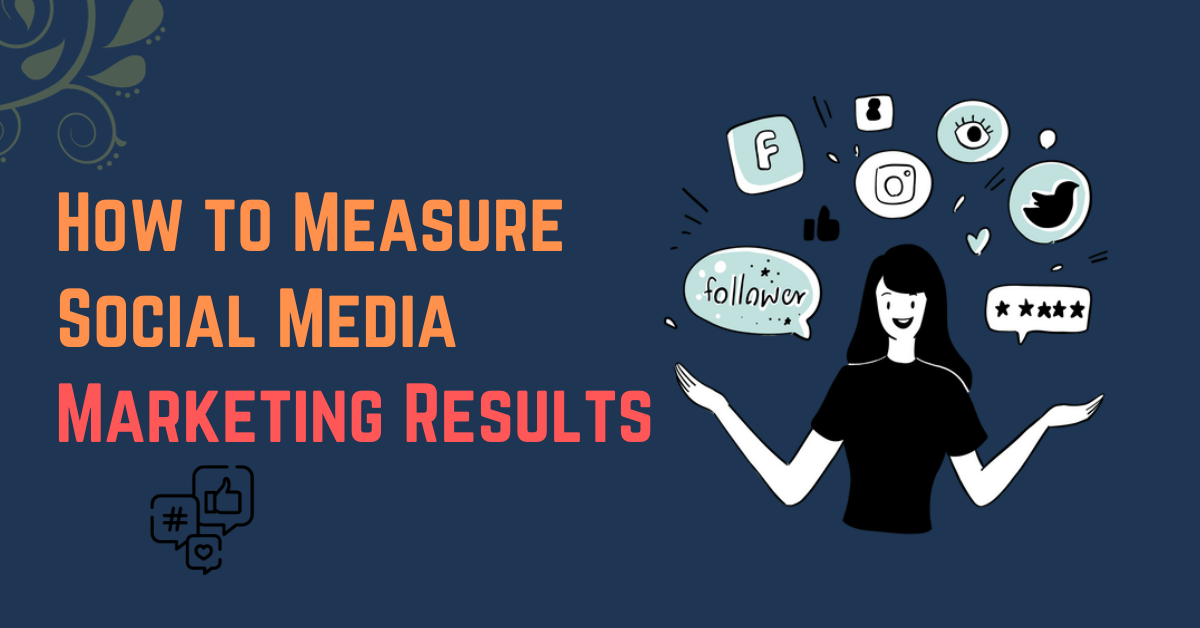Table of Contents
Toggle- Let’s dive deeper to understand the tips to create brand identity and their significance.
- Brand Identity Prism
- Decide Your Brand’s Mission, Vision, and Values
- Create Brand Brief (a guide for designers & other stakeholders)
- Logo
- Picking Color and Color Psychology
- Typography and Textual Styles
- Imagery, Photography, Iconography & Their Consistency
- Crafting a Brand Voice
- Characterizing Your Brand’s Tone and Style:
- Building a Brand Story
- Online Presence
- Testing and Feedback
- Legal Consideration:
- Advancing Your Brand Identity and Launch:
- Consistency and Maintenance
- Conclusion
Let’s dive deeper to understand the tips to create brand identity and their significance.
Brand Identity Prism
Decide Your Brand’s Mission, Vision, and Values
Create Brand Brief (a guide for designers & other stakeholders)
Logo
Tracking down the Right Graphics Design Services:
Elements of a Memorable Logo Design:
- Simplicity: Keep the design basic and easily recognizable. A jumbled or excessively complex logo can be confusing and less memorable.
- Uniqueness: Aim for an unmistakable and original design that separates your brand from competitors. Avoid platitudes and conventional images.
- Relevance: Guarantee the logo mirrors your brand’s identity, values, and industry. It ought to resonate with your target audience.
- Scalability: Design the logo to be scalable, meaning it ought to look great and maintain its clarity when resized to various aspects. It ought to function admirably on a business card or a billboard.
- Color Decision: Select a color palette that aligns with your brand’s personality and conveys the right feelings. Remember that logos ought to be compelling in both color and black n white. It should stand out in both versions.
- Typography: Assuming your logo incorporates text, pick a textual style that supplements the overall design and is capable of being read in various sizes.
- Versatility: Guarantee the logo works across various mediums, including print, digital, and merchandise. It also ought to adapt well to various backgrounds.
Guaranteeing Scalability and Adaptability:
Picking Color and Color Psychology
The Brain science of Colors in Branding or Color Psychology:
- Red: Addresses energy, passion, fervor, and criticalness. It can also imply love and warmth.
- Blue: Conveys trust, reliability, professionalism, and calmness. Lighter blues may summon a feeling of opportunity, while darker blues can address stability.
- Green: Associated with nature, development, health, and eco-neighborliness. It can also represent renewal and abundance.
- Yellow: Addresses confidence, happiness, and creativity. It can grab attention and imply warmth and gladness.
- Orange: Brings out enthusiasm, energy, and tomfoolery. It can also address innovation and advancement.
- Purple: Represents creativity, extravagance, and imagination. Conveying sophistication, uniqueness, and luxury.
- Black: Implies elegance, sophistication, and extravagance. It can also address power and authority.
- White: Addresses straightforwardness, purity, and cleanliness. It’s generally expected to have minimalist and modern branding.
- Gray: Conveys neutrality, balance, and professionalism. It is normally used in combination with different colors.
- Brown: Associated with earthiness, reliability, and comfort. It can convey a feeling of tradition and durability.
Understanding these color associations and their psychology can assist you in picking colors that align with your brand’s messaging and resonate with your target audience. You had to use these color psychology in creating brand identity for small businesses as well.
Color Palette
- Pick a dominant color that addresses your brand.
- Select secondary colors that supplement it.
- Think about color harmonies for attachment.
- Test for accessibility to guarantee inclusivity.
Typography and Textual Styles
Typography is a vital component of your brand’s visual identity, impacting how you pass on your message and guaranteeing accessibility. To pick the right textual styles, start by aligning them with your brand’s personality and audience. Select a textual style category (e.g., serif, sans-serif) that matches your brand’s style and personality. Here are some points you must remember:
- Consider text style characteristics like weight, style, and x-level for temperament and feel.
- Maintain effortlessness and consistency in text style decisions, involving a primary text style for headings and a secondary one for body text.
- For logos, match the text styles with your brand identity, and think about custom typography to create a brand identity with extra uniqueness.
By incorporating these tips of you brand identity enhances your brand consistency, readability, and appeal, strengthening the overall brand identity which let your customers or audience feel a lot more comfortable with your brand and comfortable reflects the belief and trust of customers towards the brand.
Imagery, Photography, Iconography & Their Consistency
Crafting a Brand Voice
Characterizing Your Brand’s Tone and Style:
- Understand Your Audience: Start by gaining a profound understanding of your target audience. What are their inclinations, values, and communication styles? Tailor your brand voice to resonate with them.
- Brand Personality: Characterize your brand’s personality traits. Is your brand cordial, formal, entertaining, professional, or a combination of these? Your brand’s personality ought to align with your target audience’s expectations.
- Serious Analysis: Analyze how your competitors communicate. Recognize gaps or amazing open doors in their brand voices to differentiate your own.
- Unique Selling Point: Consider how your brand’s remarkable selling points (what separates you from competitors) can be reflected in your voice. For example, assuming your unique selling point is innovation, your voice may be forward-thinking and bleeding edge.
Applying a Steady Voice Across Communication Channels:
Building a Brand Story
Online Presence
Easy to use Website:
- Reflect Brand Identity: Design a website that authentically addresses your brand identity. Incorporate your logo, color plan, and typography to create a reliable visual encounter.
- Clear Navigation: Guarantee your website has a clear and natural navigation structure. Visitors ought to easily find the information they are looking for.
- Versatile Responsiveness: Upgrade your website for cell phones to give a seamless encounter to clients on smartphones and tablets.
- Engaging Content: Populate your site with engaging and relevant content that resonates with your target audience. Incorporate visuals, recordings, and valuable information to keep visitors engaged.
- Contact Information: Make it easy for visitors to contact you by displaying your contact information and making clear calls to action. To drive the audience to contact you, you have to make things creative and unique.
Social Media Presence
Content Marketing
Digital Marketing
Through extraordinary graphics design services and with strategies of a brand marketing company, digital marketing could stand your brand identity in a whelmed online market. They could empower your organizations to convey your brand qualities, character, and center in a very authentic way. A brand marketing company or an individual save a lot of effort and time in creating a successful brand identity.
In an undeniably digital world, the collaboration between digital marketing and brand identity is a useful asset for organizations hoping to stick out and have an enduring effect on their clients.
Testing and Feedback
Legal Consideration:
- Trademark registration
- Conducting thorough searches
- Getting domain names
- Asserting intellectual property freedoms
- Copyright protection for creative content
- Vigilant monitoring and enforcement to prevent unauthorized use.
Advancing Your Brand Identity and Launch:
- Launching and advancing your brand identity through targeted marketing campaigns establishes a strong presence and attracts loyal customers. (To figure out a real-world example of a compelling launch, go look at Airbnb’s marketing strategy.)
Consistency and Maintenance
Conclusion
Author: GVM Technologies
Related Blog
-

20 Tips to Create Engaging Social Media Content
Social media has improved as a connection-making t...
-

How to Measure Your Social Media Marketing Results
Social media is now recognized as a powerhouse for...
-

Comprehensive Social Media Marketing Guide
What is Social Media Marketing? A definitive Guide...
Category
- Uncategorized (2)
- Web Design (9)
- Software Development (5)
- Web Development (5)
- Digital Marketing (19)
- Mobile Development (2)
